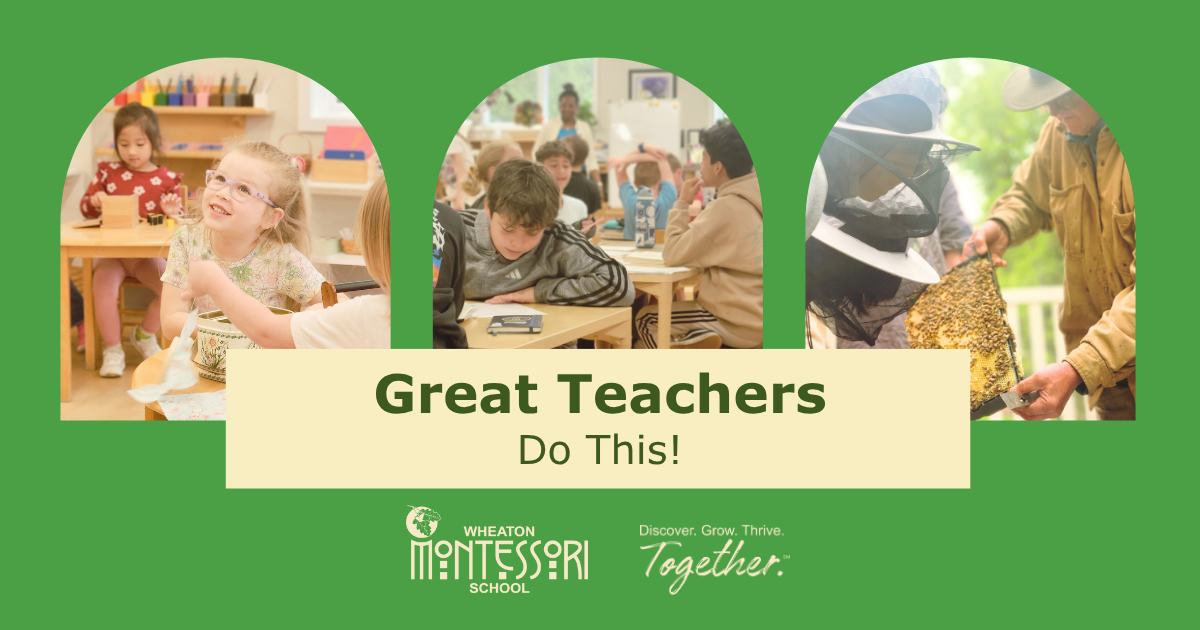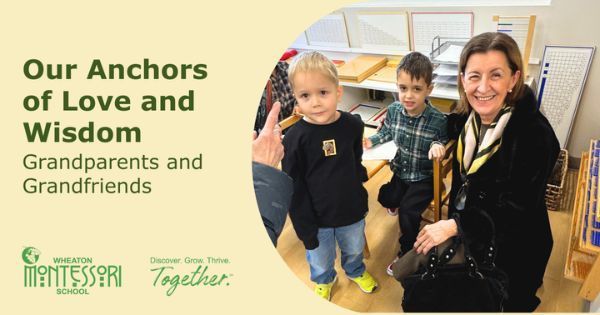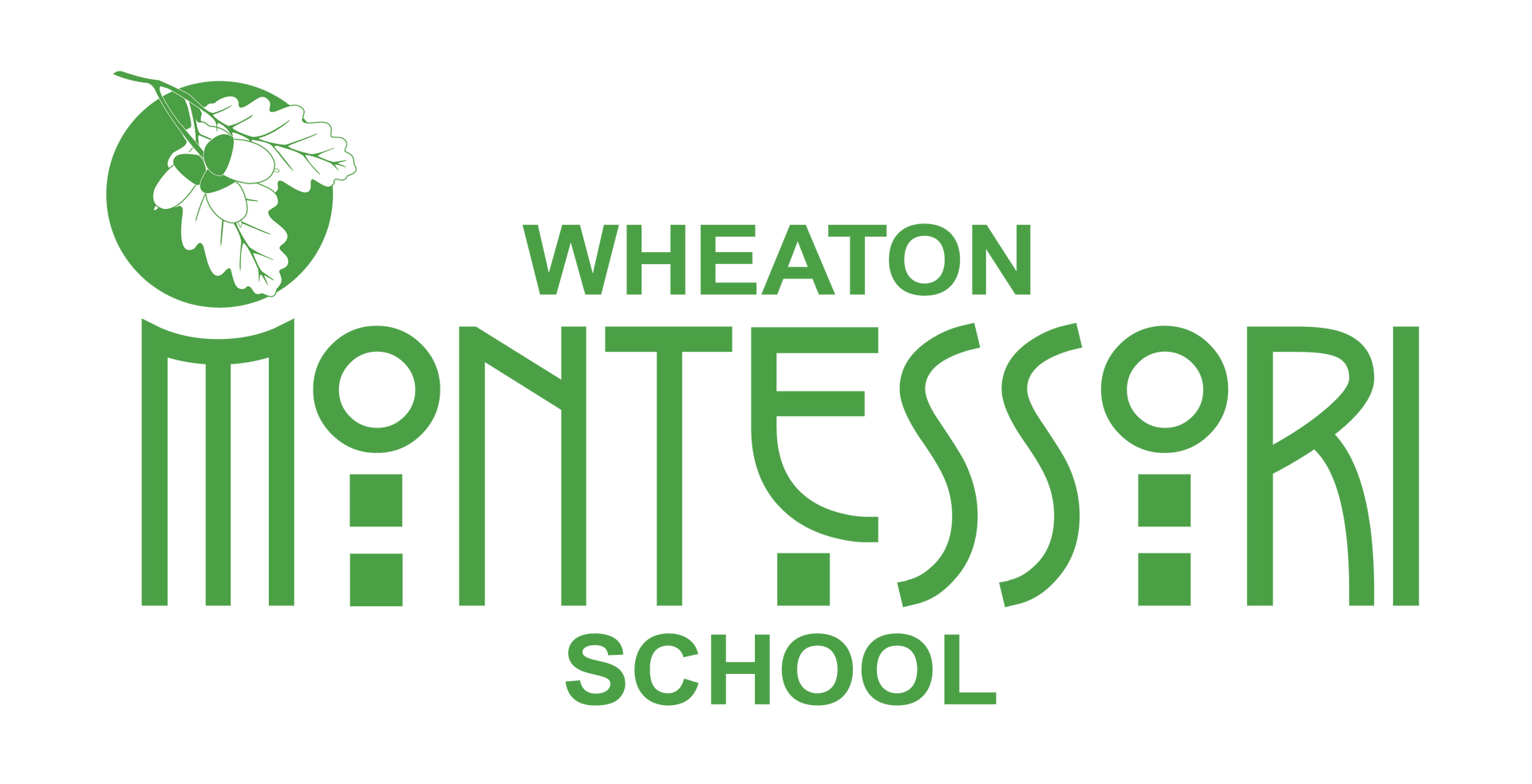
Great teachers do more than simply follow a curriculum or provide care; they create an environment that fosters love for learning and exploration. At Wheaton Montessori School, our exceptional teachers are internationally certified professionals, holding master's degrees and possessing over 20 years of experience. They nurture each child's unique journey, supporting their discovery and passion for lifelong learning.
Wheaton Montessori School teachers:
- Nurture Well-Rounded Individuals
Go beyond the basics to develop essential skills for real life—complex reasoning, creativity, citizenship, and communication.
- Teach Beyond the Basics
Foundational skills are important, as are critical thinking, creativity, leadership, and adaptability.
- Make it Unforgettable
We’re not training students to memorize; instead, we encourage them to apply knowledge and enhance their understanding through real-world experiences. This distinction highlights the difference between merely learning something and actively using it.
- Develop Thinkers, Not Just Doers
Foster both creative and critical thinking, skills that fuel innovation, agility, and long-term adaptability.
- Provide Actionable Feedback
Give timely, meaningful feedback that helps students adjust, practice, and improve their performance.
- Utilize Scientific Observations to make Informed Decision Making
Assess student performance rigorously to understand each learner’s position, defining next steps through research-backed techniques.
- Focus on Effective Solutions
Break down issues to identify core challenges and implement strategies that create a significant impact. No fluff—just targeted execution.
- Invest in People Skills
Build social intelligence through collaboration, communication, and emotional intelligence—essential abilities in any startup or fast-moving team.
- Teach the Skills that Matter
Class communities need to learn how to reflect, solve problems, write, pitch ideas, collaborate, and think big. These skills are essential for fostering entrepreneurship.
- Measure Real-World Readiness
We focus on students' real-world readiness and what they can achieve with their learning. This is how we build futures.
Authentic Montessori education at Wheaton Montessori School is structured around childhood stages and innate drives. Instead of imposing limits on curriculum, all of our internationally certified teachers respect and reinforce the natural unfolding of each child’s abilities, which opens up students to surpass grade-level basics. Montessori learning environments are carefully prepared by these highly-specialized teachers to meet developmental needs, and the adult’s role shifts from teacher to someone who serves as an aide to life. Teachers are guides who always assess students, maintain engaging and complete classrooms, and support students individually to discover, grow, and thrive every day.
Embark on a journey of inspiration by scheduling your school tour today to witness the incredible dedication of our teachers!
Preschool enrollment is currently open, providing opportunities for eligible early childhood students to join our exciting summer camps, running through August 15th, as well as for the upcoming 2025-2026 school year. Act quickly, as we have limited spots available for new children aged 4 ½ and under!
Prospective families with toddlers and children under 4 ½ are encouraged to sign up for a school tour to explore the advantages of our preschool, which lays the essential foundation for kindergarten through the freshman year of high school*.
Summer Camps: Prospective families who are enrolled in the 2025-2026 School Year are welcome to sign up for Wheaton Montessori School summer camps. Current students and recent graduates from our programs are also invited to summer camps.
* Individual school tours for kindergarten through 9th grade are not available, and the waitlist remains closed for the 2025-2026 School Year. The only exception is considered for students transferring from AMI-accredited Montessori schools that have maintained continuous attendance.


